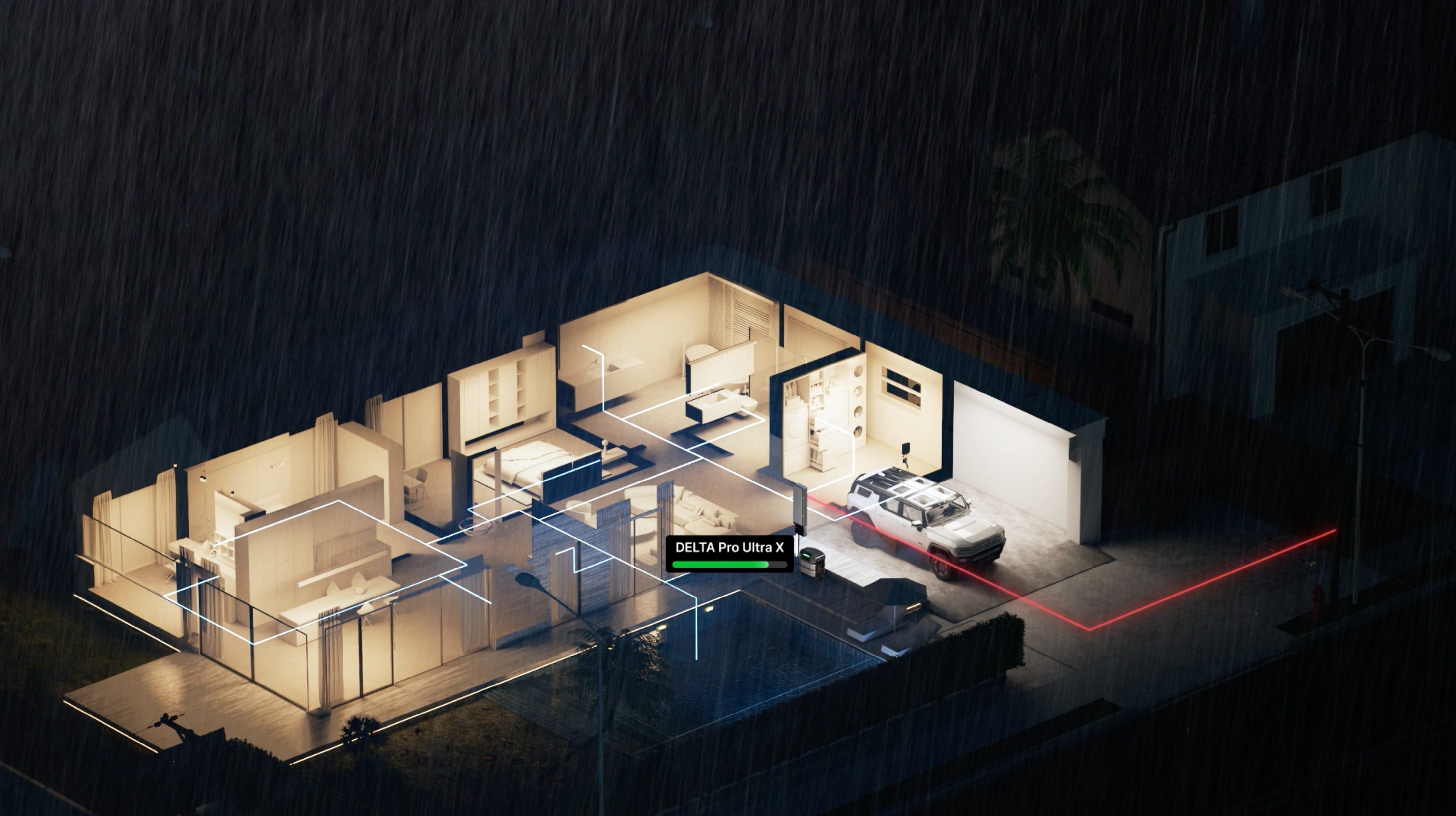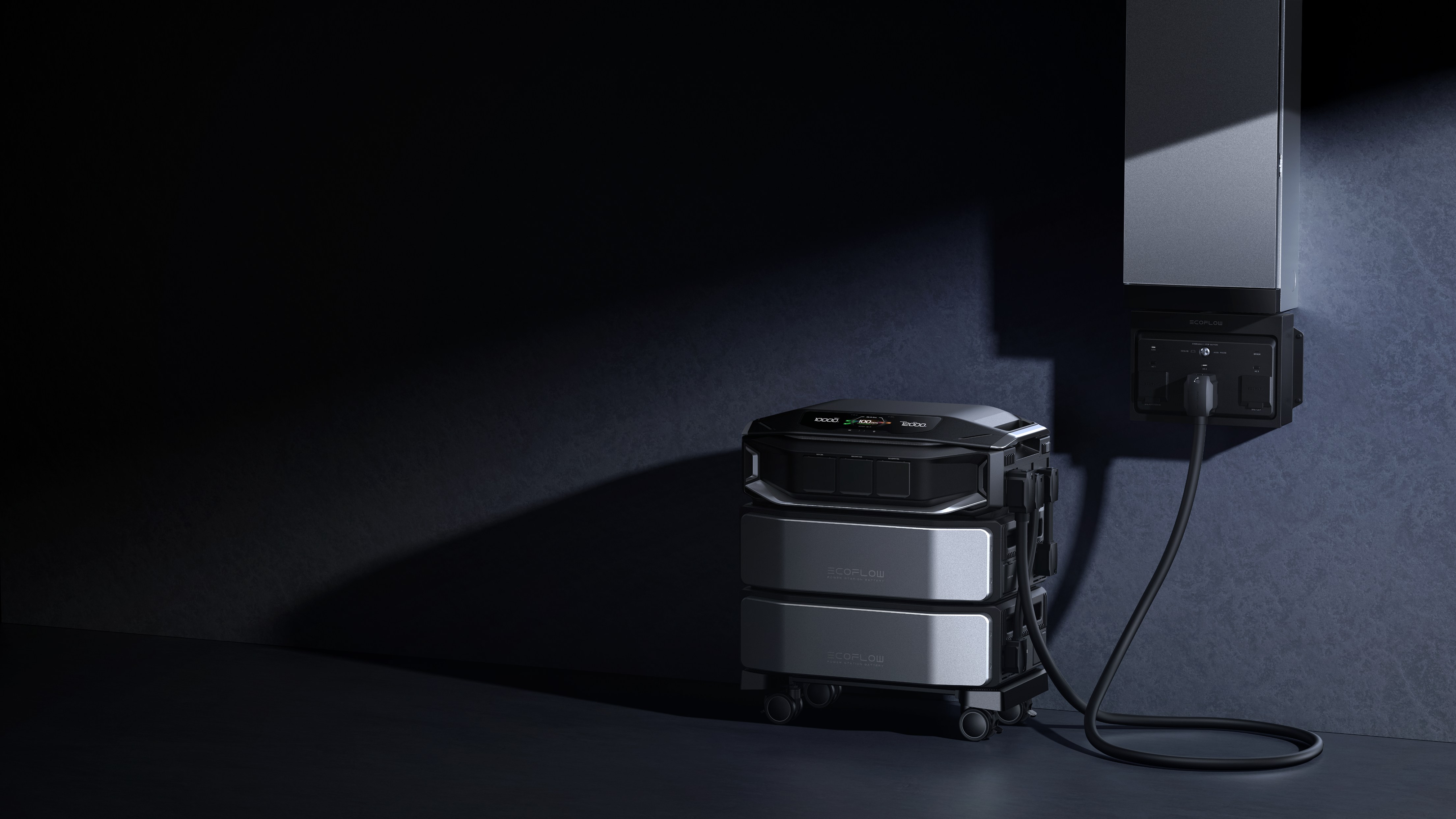No Electricity for Weeks: What Would You Do?
- What Fails after 72 Hours without Power
- How to Calculate Your Energy Budget (Wh/Day)
- Micro Independent Power Setup: Battery + Solar, Done Safely
- Critical Loads for Living without Power (DC-First)
- Water, Food, and Safe Cooking without Electricity
- Three-Tier Preparedness: Starter, Core and Extended
- Start Your No Electricity Plan Today
- FAQs About Power Outage Preparedness
Power can disappear for a week after storms or safety shutoffs. Refrigerators edge upward in temperature, phones struggle to recharge, and medical devices need dependable backup. Treat this as a manageable household project. This guide shows how to keep food safe, secure drinking water, and run essential devices with a small independent setup. We focus on clear numbers and simple routines, so no electricity becomes a plan you can practice and a rhythm your family trusts.
What Fails after 72 Hours without Power
By the third day, the weak links show. A refrigerator stays safely cold for only about four hours if unopened, a full freezer holds for roughly two days, and a half-full freezer for about one day. City taps may still run, yet wells and booster pumps depend on power. Cellular coverage often degrades as site batteries empty and fuel deliveries slip. Traffic signals, card readers, and neighborhood lighting also fade, which changes movement patterns and risk outdoors. In short, extended no electricity periods strain food safety, communication, and home systems at the same time.
How to Survive without Electricity Fast
People first: account for everyone, pick one room as a base, and place lighting, warm layers or fans, and charging in that space.
Water: one gallon per person per day as a baseline; rotate sealed jugs and add a gravity filter or treatment tablets.
Cold chain: keep doors shut, move perishables to the coldest shelf, use appliance thermometers, prepare a cooler with ice packs.
Light and comms: headlamps, a USB lantern, a battery radio, and text-first messaging windows.
Safety: never run engines indoors, place carbon monoxide alarms with fresh batteries, and keep an ABC fire extinguisher ready.
This short routine stabilizes day one through day three and buys time to shift into a longer plan.
How to Calculate Your Energy Budget (Wh/Day)
Numbers remove guesswork and prevent overbuying. List each device, note its watts and the hours you plan to run it daily, then multiply by watt-hours. Add a buffer for conversion losses and cloudy days so the system keeps pace even in poor weather.


Example Daily Budget
| Load | Power (W) | Hours/Day | Wh/Day |
| Wi-Fi router and modem | 10 | 24 | 240 |
| LED lighting, five bulbs | 10 each | 5 | 250 |
| Refrigerator, modern unit | ~150 avg | ~8 cycle | 1,200 |
| Sump or well pump | 500 | 0.5 | 250 |
| Subtotal | 2,260 |
Add about 30 percent for inefficiency and weather margin. This example rounds to roughly 3,000 Wh per day. Create your own table or measure with a plug meter for precise values. This is the foundation of every no-electricity plan.
Quick Sizing for Battery and Solar (3/7/14/30 Days)
Use the daily budget to set targets for different durations. The table below assumes no recharging from te sun or the engine.
| Duration | Total Storage Needed |
| 3 days | ~9 kWh |
| 7 days | ~21 kWh |
| 14 days | ~42 kWh |
| 30 days | ~90 kWh |
Solar reduces the storage you must carry. Check local winter peak sun hours. If you average about three sun hours on clear days, a 600 W array yields roughly 1.8 kWh per day. Doubling panels to 1,200 W approaches 3.6 kWh on good days. Size right solar so a decent winter day covers most of your daily budget and still tops up the battery. In overcast stretches, ration higher loads and favor shorter connection windows.
Micro Independent Power Setup: Battery + Solar, Done Safely
A compact home system has three parts: storage, harvest, and distribution. Storage is a battery with a built-in management system sized to your daily Wh needs. Harvest comes from solar panels feeding a quality MPPT charger. Distribution uses the right cable gauge, fuses or breakers, and a small set of dedicated outlets for priority devices. Place panels outside in full sun with secure stands and anchors. Keep the battery indoors in a dry, ventilated space away from ignition sources, and label the few devices you plan to power so there are no surprises.
If you want a ready, whole-home option, EcoFlow Delta Pro Ultra X starts heavy household loads like central AC without fuss and keeps them steady. It also works with solar and a generator, so you can stretch backup time through long outages without changing your routine.
Apartment Setup Basics
Balconies, patios, and bright windows can host foldable panels during the day. Run one heavy-duty extension cord to a power strip for lighting, phones, a router, and a compact refrigerator or cooler strategy. Coordinate with neighbors on quiet hours and shared hallway lighting. Skip any attempt to feed power back into the building wiring.
House Setup and Transfer Switch Safety
A manual transfer switch installed by a licensed electrician lets you energize selected circuits without backfeed risk. Choose refrigeration, a few outlets, two lighting circuits, and possibly a well or sump pump. Place any engine generator far outside, clear of doors and windows, and route exhaust away from living spaces. Store fuel in approved containers in a detached area.
Critical Loads for Living without Power (DC-First)
When you are living without power for weeks, every watt saved helps. Favor direct current devices where practical to avoid conversion losses.
Medical equipment comes first. Plan a dedicated battery oxygen support, keep car adapters on hand, and store cold packs or a small cooler for temperature-sensitive medications. Food follows. Run the refrigerator intermittently to hold safe temperatures and use a probe thermometer to verify. Networks and information are the next layer. Phones, radios, and a router use little energy compared with cooking or space conditioning. Schedule two short connection windows to sync messages and maps. Pumps protect the structure. Test your pump’s start-up draw with the battery system before storm season, so you know realistic runtimes.
Write a one-page schedule. Lights for five hours with task lighting only, two short connection windows for the router, fridge cycling every few hours, and pumps only as needed. Post the page near the battery so every adult in the home can run the routine.
Water, Food, and Safe Cooking without Electricity
Plan one gallon of water per person per day for drinking and basic hygiene, then add extra for pets and hot weather. Store sealed containers and rotate them with a simple date system. Add a gravity filter or treatment tablets as a second layer for longer outages. For meals, choose foods that require little water and short cooking times. Canned proteins, nut butters, oats, dried fruit, shelf-stable milk, and hearty soups form a flexible base. Cook in batches and reheat efficiently.
A small gas stove works outdoors with clear ventilation. Keep matches, a wind screen, and a pot with a fitted lid. Use a food thermometer to confirm safe reheating. Never burn fuel inside living areas. For cold storage, plan ahead with ice packs and a cooler. If the refrigerator rises above safe ranges for hours, shift perishables to the freezer or use them first in cooked dishes.


Three-Tier Preparedness: Starter, Core and Extended
Households differ, so build readiness in clear steps. Each tier solves a different duration of no electricity without guesswork.
Starter: 72 Hours
Water for three days, ready-to-eat foods, and a manual can opener. Two headlamps, a lantern, spare batteries, and a radio. Phone power banks, printed contacts, and appliance thermometers for the fridge and freezer.
Core: One to Two Weeks
A battery capable of about three kilowatt-hours per day, paired with a small solar to recharge. DC-first devices are practical, such as USB lights, phone and router charging, and a compact DC fan. A fixed daily schedule for charging and cooking, simple hygiene supplies, and a cooler strategy for overflowing or shared meals.
Extended: Up to One Month
Larger storage and additional solar matched to your Wh per day table. For houses, a transfer switch and a safe outdoor charging area. Medical and pump redundancy, spare fuses and cables, and a simple logbook for energy use, temperatures, and maintenance notes. This tier turns how to live without electricity from theory into a repeatable routine.
Start Your No Electricity Plan Today
You now have the pieces to keep food cold, water safe, and essentials running during extended outages. Write your daily Wh budget, choose a right-sized battery plus solar setup, and test the routine for one evening this week. Begin today, and the next no electricity stretch will feel organized and under control.
FAQs About Power Outage Preparedness
Q1. Why don’t my rooftop solar panels power the house during an outage?
A: Most grid-tied inverters shut down for lineworker safety (anti-islanding). To use solar in a blackout, you need a backup-capable inverter or battery system plus a transfer device that isolates your home from the grid. Ask for “islanding/backup mode” support before buying upgrades.
Q2. How do I protect appliances from voltage spikes when power returns?
A: Turn off large loads first, then re-enable them one by one after the lights stabilize. Install a whole-home surge protector on the main panel and use UL-listed surge strips for electronics. A small line-interactive UPS keeps routers and PCs cleanly powered through brief flicker and brown-in events.
Q3. I rent an apartment. What should I check before adding portable solar or a battery?
A: Review the lease and HOA rules about balconies, railing clamps, and egress. Use portable, non-penetrating panel stands; avoid roof attachments. Never backfeed building circuits. Confirm generator and quiet-hours rules. Notify your insurer, and place the battery where fire egress stays clear and ventilation is adequate.
Q4. How much generator fuel do I need if I only use it to charge the battery?
A: Start with your daily watt-hours and divide by your charger’s effective input (accounting for ~10–20% losses). Compare that to the generator’s fuel-per-kWh in its manual at the intended load. Plan short daytime charging runs, then shut the engine down while the battery handles overnight loads.
Q5. Any extra steps for homes with medical devices or refrigerated meds?
A: Enroll in your utility’s medical baseline/critical care program for outage notices. Keep device-specific DC adapters, a backup battery dedicated to the device, and a temperature-logged container for meds. Post emergency contacts and device instructions on the fridge, and brief household members on nightly runtime priorities.